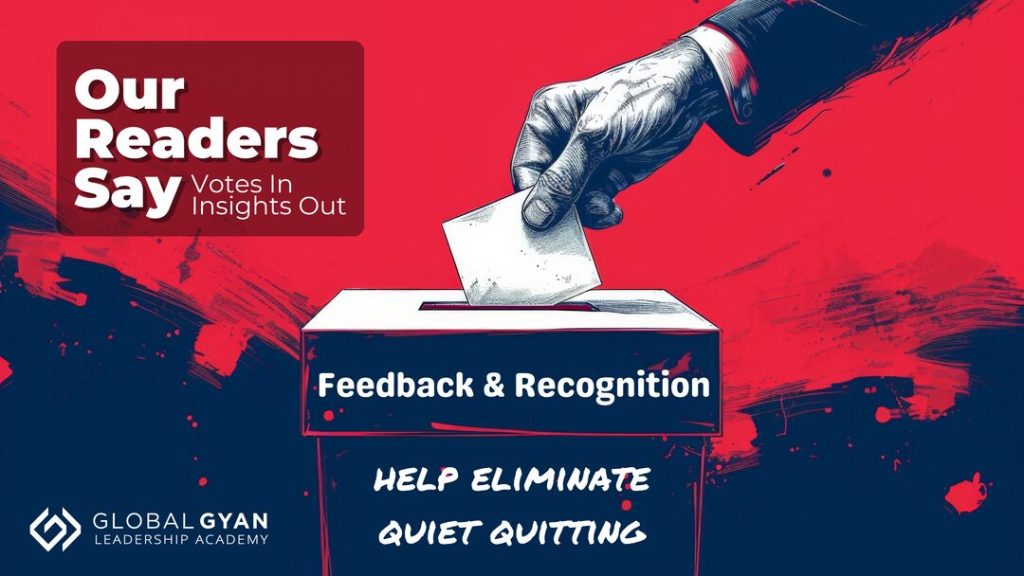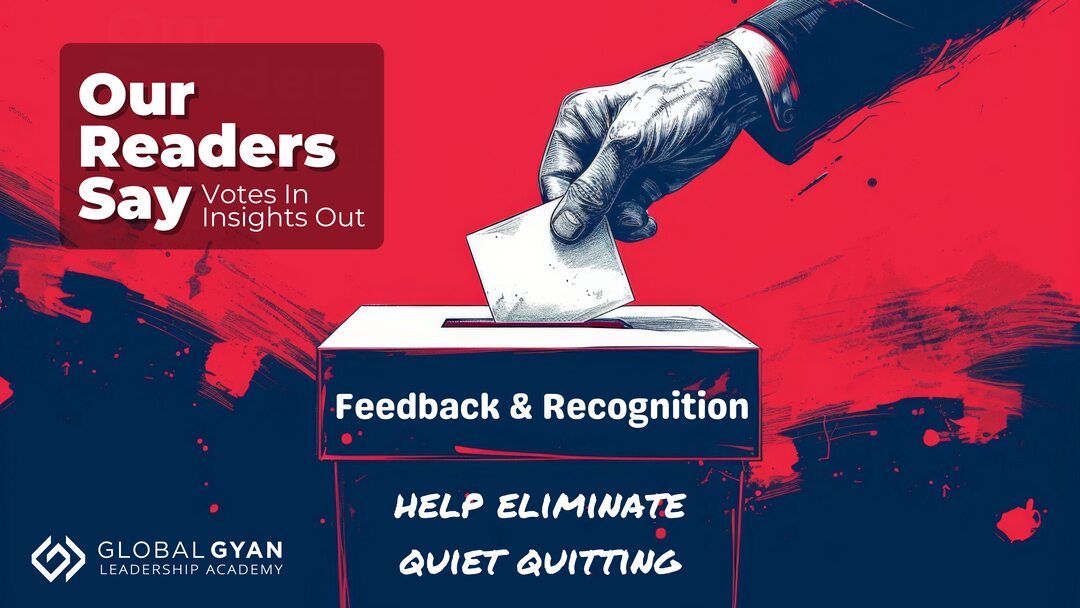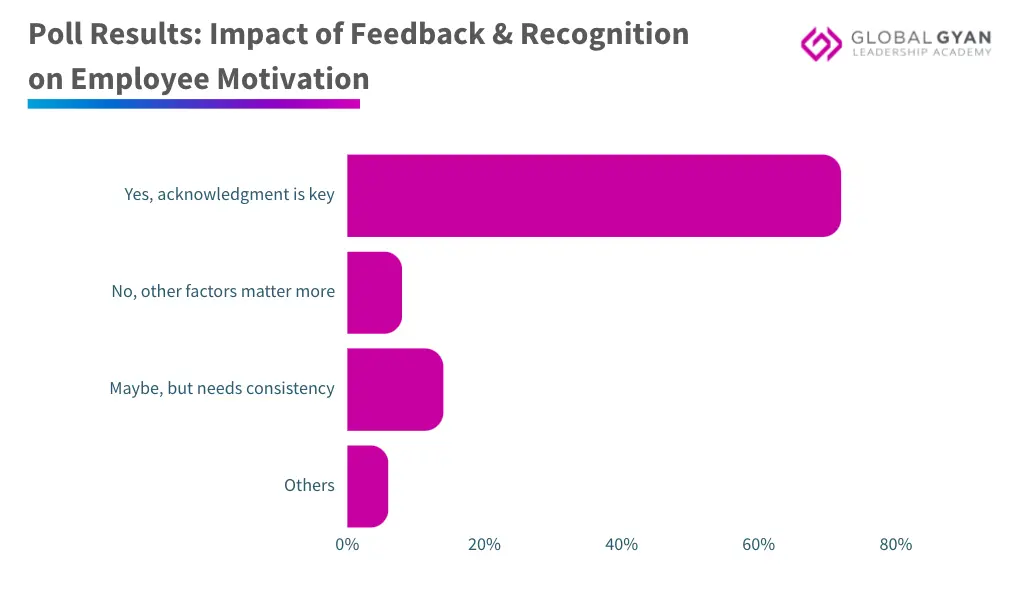Feedback & Recognition Help Eliminate Quiet Quitting


The TikTok trend of “quiet quitting” has emerged as a viable threat for employers in 2024. Companies went on a frenzied hiring spree during the COVID-19 pandemic, and only recently, did they realise that the whole exercise had been one expensive experiment. Even the bigwigs like Alphabet and Meta were unable to justify the volume hires. Layoffs were imminent, and employees feared for their future.
Getting fired from big companies is never a pleasant experience. The repercussions and aftermath can be quite severe, depending on the terms of exit. This can monetarily affect an organisation and psychologically scar employees. In some cases, it makes the latter (i.e. employees) resilient to layoffs. And that’s precisely what happened.
As time passed by, employees knew better than to wait for their employers to deliver them the bad news. They started sensing trouble proactively and began looking out for themselves; this essentially meant that they began looking for other jobs the moment their own was in danger. Looking for other vacancies was not the only pointer on their agenda. They also started doing the bare minimum at their current roles, appearing generally disinterested and disengaged. And this ended up denting the global economy by more than $9 trillion on a yearly basis! This phenomenon came to be known as “quiet quitting”.
Around 62% of employees globally are not engaged at work, meaning they are doing the minimum required, and detached from their job.
What Our Readers Say
Few weeks back, we shared an article on how managers can deal with quiet quitters. One of the key strategies that struck a chord with our users centred around recognising people’s efforts and giving frequent, constructive feedback. We asked our learners whether feedback and recognition could motivate team members to go the extra mile, especially when they feel disengaged at work. A resounding 71% of the voters said acknowledgment is key. This majority indicates a strong belief that both these aspects are crucial for encouraging employees to exceed expectations.

Eight percent of the audience felt other factors mattered more, suggesting that feedback and recognition may be one of the many motivators that employees respond positively to. A larger majority of the voters (about 14%) were on the fence, stating that feedback and recognition may bear fruits if done consistently. Further, around 6% of voters chose “Others” indicating additional nuanced factors may play an important role in motivating disengaged and burned out employees.
One of our voters advocated for spacing out feedback and recognition as key to keeping employees motivated, else “they may lose their purpose”. They added, “Along similar lines, putting up a well-defined eligibility criteria and evaluating against it for recognition is important”. For managers, this essentially means being upfront with their teams about what works for them.
What Our Experts Say
The most important takeaway, our experts say, is to make your team members feel heard and valued. This becomes especially important when they have little else going on for them on the work front. Feedback and recognition are proven motivators at the workplace. An occasional pat on the back, celebrating small wins, conducting 360-degree feedback surveys, can all go a long way in ensuring that your workforce is motivated and rearing to go day after day.
You may be treading tricky territory when it comes to dealing with quiet quitters; however, take a moment to truly understand what makes them feel dissociated from their job and offer your two cents where you can. The more you help your colleagues, the better results they will put up individually and collectively.
A team is as good as its people. The minute you sense a member feel demotivated and lethargic, you know what our readers say is the immediate next step you need to take to divert their attention effectively. Do you think there are other ways to tackle quiet quitting? Let us know in the comments below!
Pass on the Gyan!
If you liked what you read and found it useful, please share it within your network.
Our Readers Say is a series of shorter articles where we compile the voices of our reader base. If you have a compelling question that you think can help uncover incredible insights, then please write to us at sharadha@globalgyan.in. We look forward to hearing from you!






Responses